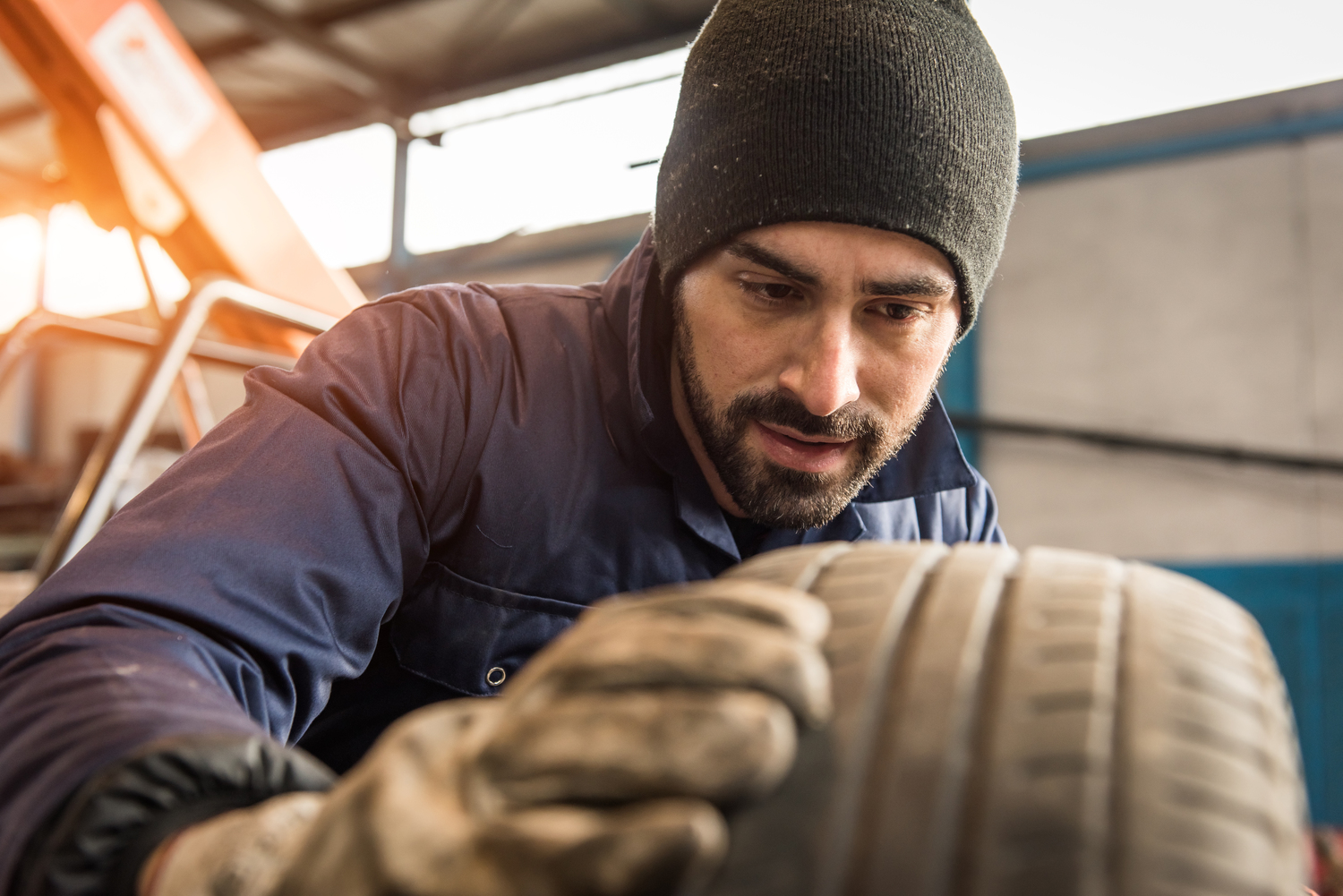
A Car Tire Safety Checklist for All Drivers
Rubber tires have been around for more than 100 years, prior to which it was either wooden or metal wheels on cars. Rubber tires are taken for granted today. For a longer life out of your tires and the best ride in your car, tires shouldn’t be an afterthought. Before beginning any trip, it’s important to take a look at a few car tire safety tips before you run into any problems on the road.
1. Checking the inflation
Underinflated tires could reduce gas mileage and make controlling the vehicle very difficult, leading to tire failure – so proper tire inflation is very important. Drivers need to use a tire gauge and make checking their tire pressure a monthly activity. Tire pressure recommendations from the manufacturer are usually listed in the vehicle manual or on a label affixed to the door jamb or the driver’s door. Also, tire pressure should be checked when the tires are cold, i.e., when the car has been driven at moderate speed for less than a mile or hasn’t been driven for three hours.
2. Baldness
Tire baldness occurs over a period of time, and tire tread should feature a minimum depth of 2/32-inches. Drivers need to employ a tread depth gauge for checking the same. They could also insert a penny with Lincoln’s head upside down into each tread groove. If all of the head shows, the tires need to be changed to ensure the safety of you and your car.
3. Uneven wear of tread
Misaligned wheels, car suspension issues, and improper inflation could lead to an uneven tire tread. Drivers need to have it checked by a tire service professional immediately.
4. Cracked sidewalls
Abrasions from curbs, overloading, underinflation, and road hazards could cause tires’ sidewalls to slice, cut, split, and crack. Even the rubber can get damaged, making tires susceptible to failure. Drivers need to get them checked by tire service professionals immediately.
5. Bulges and blisters
If there are unusual blisters or bumps anywhere on the tires, they are signs of damage and tire failure and need to be replaced as soon as possible. This is a critical factor that needs to be adhered to for car tire safety.
6. Vibration issues
Vibration problems could be caused by bent rims, misaligned wheels, and many other factors. If drivers hear unusual noises or feel vibrations arising from the vehicle, then they need to check the tire and have it replaced.
Here are some useful car tire safety tips for drivers to keep the ride smooth from here on out:
- Get in line
Check the tire alignment regularly and make sure the driving is narrow and straight. - Switch tires around
Drivers need to rotate their tires according to the recommendations of the vehicle manufacturer in the vehicle owner’s manual, or they need to do so every 5,000 miles. - Spares
Drivers should always keep spares in their cars.
Tires are important to your car and your safety, so keep checking them and drive responsibly.



